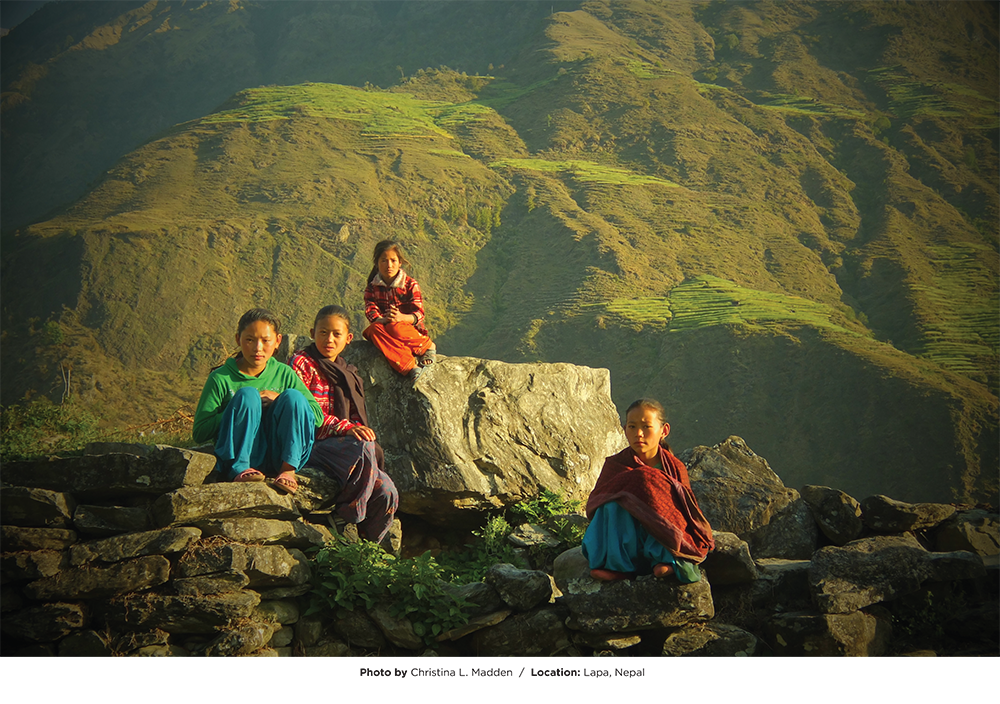
This is Lapa, a remote mountain village in the Ganesh Himal, a subrange of the Himalayas in Nepal's Northern Dhading District. Though located only 60 km northwest of Kathmandu, Lapa requires a three-day walk from the nearest road at altitudes reaching 14,000 feet above sea level. There is no internet or electricity in Lapa and the village shares one telephone. Nepali is not usually spoken here; instead you hear Tamang, a local dialect. When Himalayan HealthCare (HHC) first arrived in Northern Dhading, they found mortality and morbidity rates above the national average and only 15 children enrolled in school. A typical youth would work long hours in the fields, or marry young, rather than attend classes. By integrating community education and vocational training into its healthcare programs, HHC has provided hope and opportunity to a new generation of Nepalis that are now committed to improving themselves and the conditions faced by their fellow villagers. Following HHC’s interventions, the under-five mortality rate has been reduced from 225/1000 in 1993 to 31/1000 in 2013—well below the national average—and there were 300 children in school in 2012. Mamita is the first literate member of her family and recently received a scholarship from HHC. “After the earthquake, our home was destroyed,” she said. “There was no safe place to hide from the rain or the sun. There was rubble everywhere. We didn’t know where to live or what to eat. Whatever we had in our home was buried in rubble. Then the HHC scholarship results came in, and I got a chance to study science. There was a shortage of science teachers in the villages so I wanted to study science and return to my village to teach.” Sustainable development and change depends on youth like Mamita. Photo by Christina L. Madden | Location: Lapa, Nepal
 Welcome to the United Nations
Welcome to the United Nations